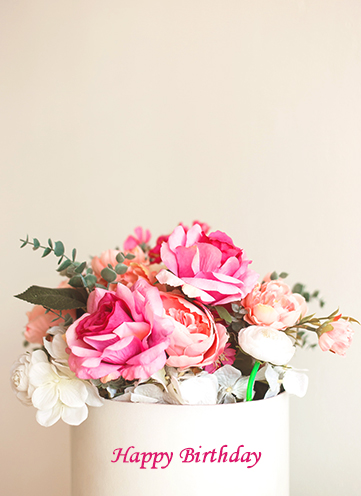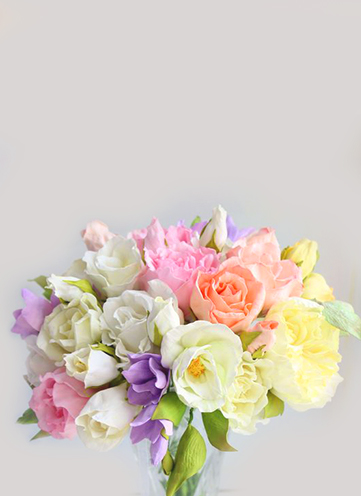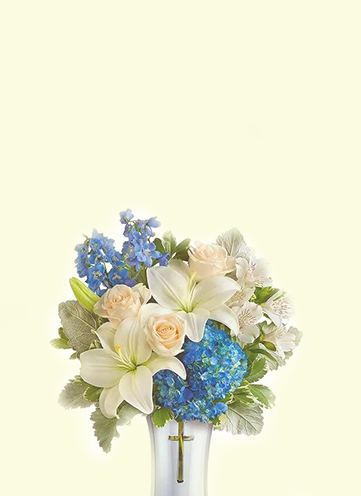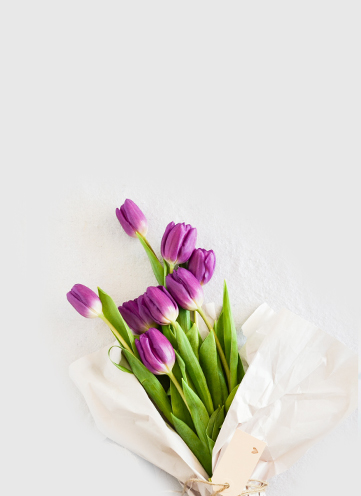Hydrangea Happiness: Your Care Companion
Posted on 22/08/2025
Hydrangea Happiness: Your Care Companion
Hydrangeas--those lush, globe-like clusters of flowers bursting in color--are among the most beloved flowering plants for gardens and landscapes worldwide. Whether you are a seasoned gardener or a first-time plant owner, discovering the secrets to cultivating healthy, spectacular hydrangeas will fill your outdoor space with beauty and happiness.
Why Choose Hydrangeas for Your Garden?
From their vibrant blooms to their enduring foliage, hydrangeas offer unmatched versatility and charm. Their appeal extends beyond mere aesthetics; hydrangeas symbolize gratitude, grace, and abundance. Whether you plant them as a hedge, in a border, or as a singular focal point, these captivating floral stars can thrive in diverse conditions, making them ideal for most home gardens.
- Striking visual impact: Hydrangeas provide dramatic clusters of blooms that last throughout summer and early fall.
- Wide range of colors: Depending on species and soil pH, you can enjoy hydrangeas in blue, pink, purple, white, and even green.
- Varied growth habits: From compact shrubs to sprawling climbers, hydrangeas fit gardens of all sizes.
- Low maintenance: With just a few care essentials, these plants can flourish for years.
- Wildlife attraction: Hydrangea flowers draw butterflies and pollinators, enhancing your ecosystem.
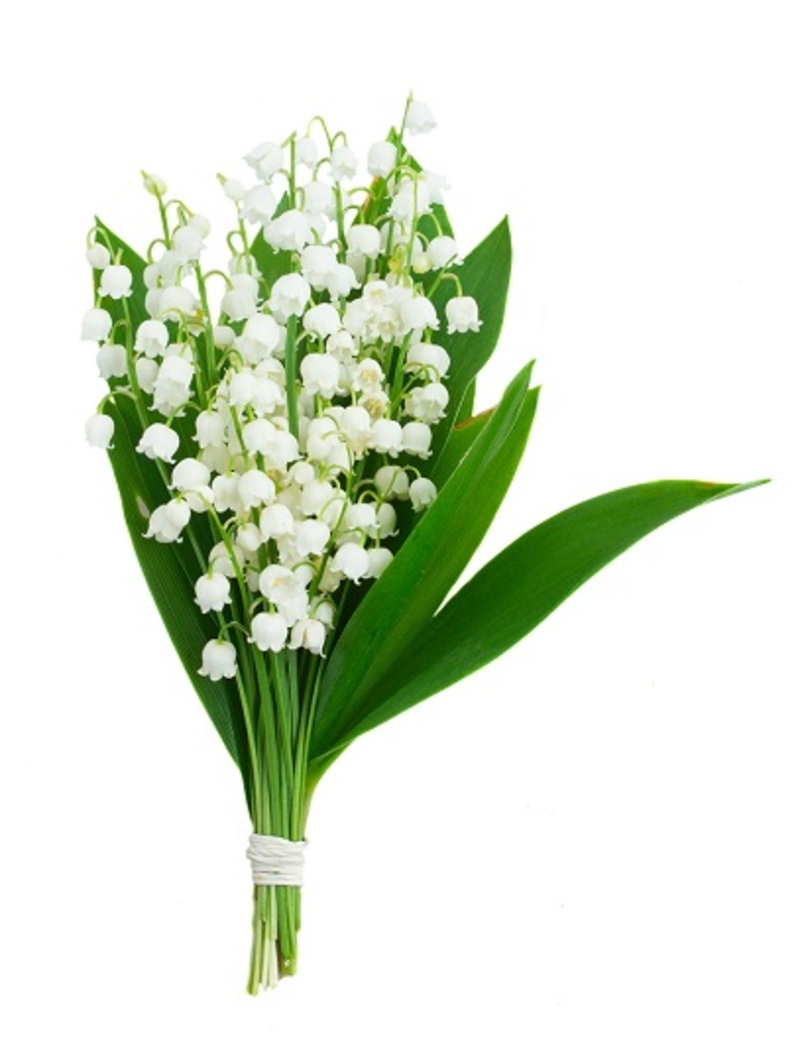
Types of Hydrangeas: Find Your Favorite
Understanding the different hydrangea varieties is fundamental to achieving hydrangea happiness in your garden. There are over seventy-five species, but here are the most popular types:
Hydrangea macrophylla (Bigleaf Hydrangea)
- Mophead: Famous for their large, spherical blooms.
- Lacecap: Delicate, flat heads with central fertile florets surrounded by showy flowers.
Feature: Mophead hydrangeas' color varies dramatically with pH!
Hydrangea paniculata (Panicle Hydrangea)
- Known for cone-shaped flower clusters.
- Can tolerate more sun than other varieties.
Hydrangea arborescens (Smooth Hydrangea)
- Popular 'Annabelle' cultivar produces oversized, white, rounded blooms.
Hydrangea quercifolia (Oakleaf Hydrangea)
- Unique oak-shaped leaves that turn fiery red and orange in fall.
- Tolerates dry, hot conditions better than most hydrangeas.
Hydrangea petiolaris (Climbing Hydrangea)
- Perfect for walls and trellises, boasting fragrant white blossoms.
Soil Science: Unlock the Secret to Hydrangea Colors
Did you know you can change the color of hydrangea blooms with soil chemistry? Achieving true hydrangea happiness sometimes starts at the roots!
- Acidic soil (pH below 6): Blue flowers dominate.
- Neutral to alkaline soil (pH above 7): Expect pink or red blooms.
- White hydrangeas: Color remains unchanged regardless of soil pH.
How to adjust hydrangea color:
- For blue blooms: Add garden sulfur or aluminum sulfate to lower soil pH.
- For pink blooms: Incorporate lime to raise soil pH.
Essential Hydrangea Care: Tips for Year-Round Thriving
Planting Hydrangeas: Setting the Stage
- Location: Choose a spot with morning sun and afternoon shade, especially in hotter climates.
- Spacing: Give your hydrangeas room to breathe. Large shrubs need at least 3-6 feet between plants.
- Soil: Plant in rich, well-draining soil. Add compost to boost nutrients and water retention.
- Planting time: Early spring or fall when weather is cool and moist encourages the best establishment.
Patience is a virtue: Hydrangeas may take a year or two after planting to reach their best display.
Watering Hydrangeas for Happiness
- Consistency is key: Hydrangeas need regular moisture, especially during hot spells.
- Soak deeply: Water at the base of the plant for deeper root health.
- Mulch magic: Apply a 2-3 inch mulch layer to retain moisture and suppress weeds.
Fertilizing for Fabulous Flowering
- Timing: Apply a balanced, slow-release fertilizer in spring, just as new growth appears.
- Avoid overfeeding: Too much fertilizer encourages foliage over blooms.
Choose fertilizers formulated for hydrangeas whenever possible for optimal results.
Pruning Your Hydrangeas: Get the Best Blooms
Understanding when and how to prune hydrangeas ensures you get magnificent blooms year after year. Each hydrangea type has unique pruning needs:
- Bigleaf and Oakleaf Hydrangeas: Prune after flowering, before new buds set in late summer. Only remove dead wood or unruly stems.
- Panicle and Smooth Hydrangeas: Prune in late winter or early spring, as they bloom on new wood.
- Climbing Hydrangeas: Minimal pruning--just shape the plant and remove dead stems as needed.
Remember: Too much cutting can mean fewer flowers, so always research your hydrangea variety!
Common Hydrangea Problems and Solutions
Even with the best care, you might encounter a few challenges on your hydrangea happiness journey. Understanding common issues and how to solve them will keep your plants healthy and dazzling.
Yellowing Leaves
- Cause: Water stress or nutrient deficiency.
- Solution: Check soil moisture, and amend with balanced fertilizer if needed.
Wilting on Hot Days
- Cause: Heat and lack of water.
- Solution: Water deeply in the morning and apply fresh mulch.
Few or No Flowers
- Cause: Incorrect pruning or cold damage to buds.
- Solution: Prune according to variety, and protect plants in winter where needed.
Spots or Mold on Leaves
- Cause: Fungal infections (often due to wet leaves or overcrowding).
- Solution: Improve air circulation, water at the base, and consider fungicides for severe cases.
Transform Your Garden: Design Ideas with Hydrangeas
Unlock even more hydrangea happiness by exploring creative ways to showcase these vibrant plants:
- Color-themed borders: Combine blue and pink hydrangeas, or use a single color for dramatic mass plantings.
- Mixed shrub borders: Pair hydrangeas with shade-tolerant companions like azaleas or hostas for a layered look.
- Foundation plantings: Soften home edges with hydrangeas for year-round beauty near patios and front doors.
- Container gardens: Some compact varieties thrive in pots--perfect for patios or small spaces.
- Cut flower gardens: Hydrangeas last long in bouquets, especially when stems are cut in the morning and placed in cool water.
Year-Round Hydrangea Care Calendar
-
Spring:
- Fertilize and apply fresh mulch.
- Check for winter damage and prune as needed.
- Begin regular watering schedule.
-
Summer:
- Keep soil evenly moist; watch for wilting.
- Deadhead spent flowers (except where seeds are desired for winter interest).
- Watch for pests like aphids; treat promptly if needed.
-
Fall:
- Monitor color changes; enjoy autumn foliage, especially for oakleaf hydrangea.
- Cease fertilizing and reduce watering as plants prepare for dormancy.
-
Winter:
- Mulch heavily in cold climates to protect roots.
- Prune panicle and smooth hydrangeas if desired.
- Enjoy dried hydrangea heads for architectural winter interest!
Frequently Asked Questions About Hydrangeas
How long do hydrangeas live?
- With proper care, hydrangeas live 30-50 years or more!
Can hydrangeas grow in shade?
- Yes, most types prefer partial shade, especially afternoon protection from hot sun.
Are hydrangeas toxic to pets?
- Hydrangeas can be mildly toxic if eaten, so keep pets and children from chewing leaves or flowers.
Why are my hydrangea flowers turning green?
- This can happen late in the season or due to too much sun; it's usually normal, and flowers may regain color with the next bloom cycle.
How do I revive a drooping hydrangea?
- Immediate deep watering and placement in cool shade often brings rapid recovery--especially after hot, dry spells.

Bringing Hydrangea Happiness Indoors
You don't need a garden to enjoy the joy of hydrangeas. Here's how to bring their beauty into your home:
- Fresh cut flowers: Harvest blooms in the morning and place in a clean vase with fresh water.
- Dried hydrangeas: Hang flower heads upside-down in a dry, dark space until preserved for everlasting bouquets.
- Table centerpieces: Cluster hydrangea flowers in a bowl or basket for a festive, elegant touch.
Conclusion: Cultivate Hydrangea Happiness Year After Year
Growing hydrangeas is more than a garden task--it's a source of ongoing joy, tranquility, and beauty. By understanding your hydrangea's needs, adjusting care seasonally, and exploring creative garden designs, you'll discover the true meaning of hydrangea happiness.
- Choose the right variety for your climate and personal style.
- Feed, water, and prune with awareness and care.
- Experiment with colors and companions for a landscape that brings you delight all year long.
Ready to start your hydrangea adventure? With a little dedication and a lot of love, your garden (and your heart) will soon be blooming with lasting hydrangea happiness.
```Latest Posts
The Best Flowers for Gardens in [NEIGHBOURHOOD/POSTCODE] Climates
Real Stories: Transforming [AREA] Offices with Corporate Flowers
Long-Lasting Floral Wonders: Top 12 Must-Have Flowers
Hydrangea Happiness: Your Care Companion
Unlock Your Orchid's Potential with Our Comprehensive Care Instructions

